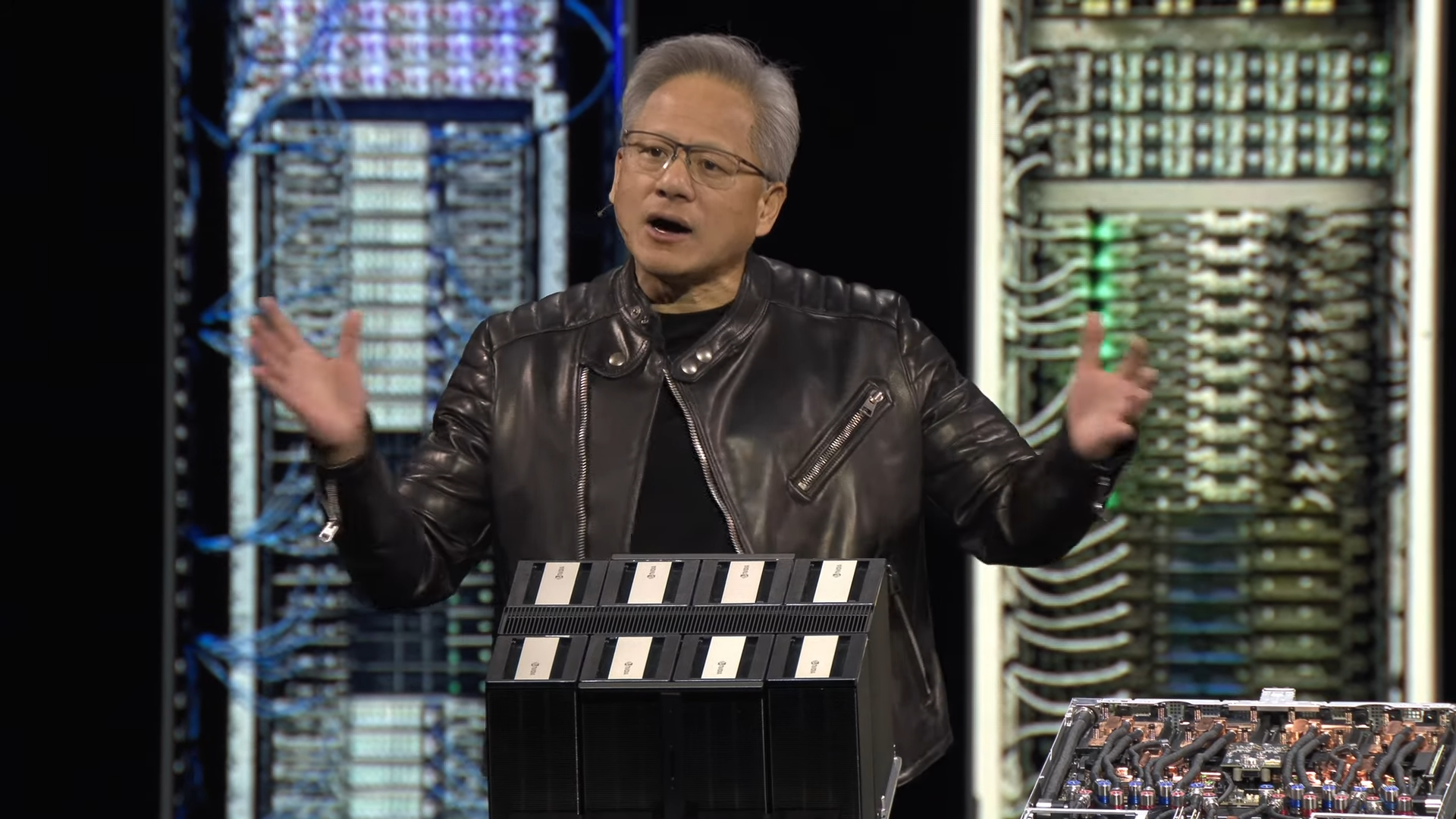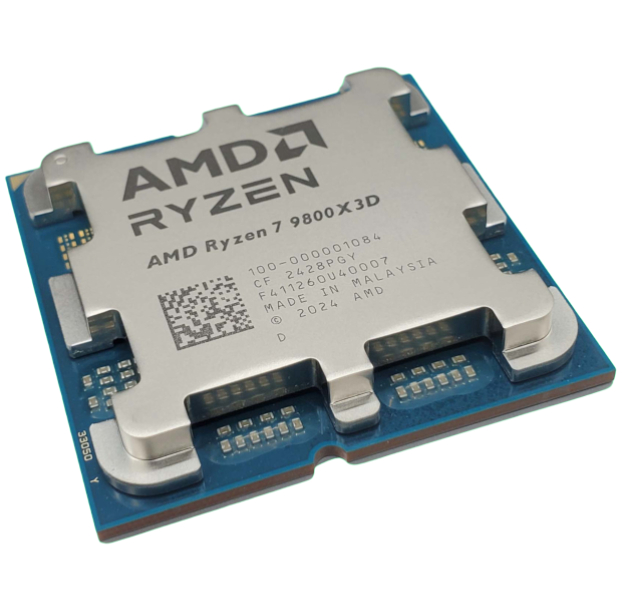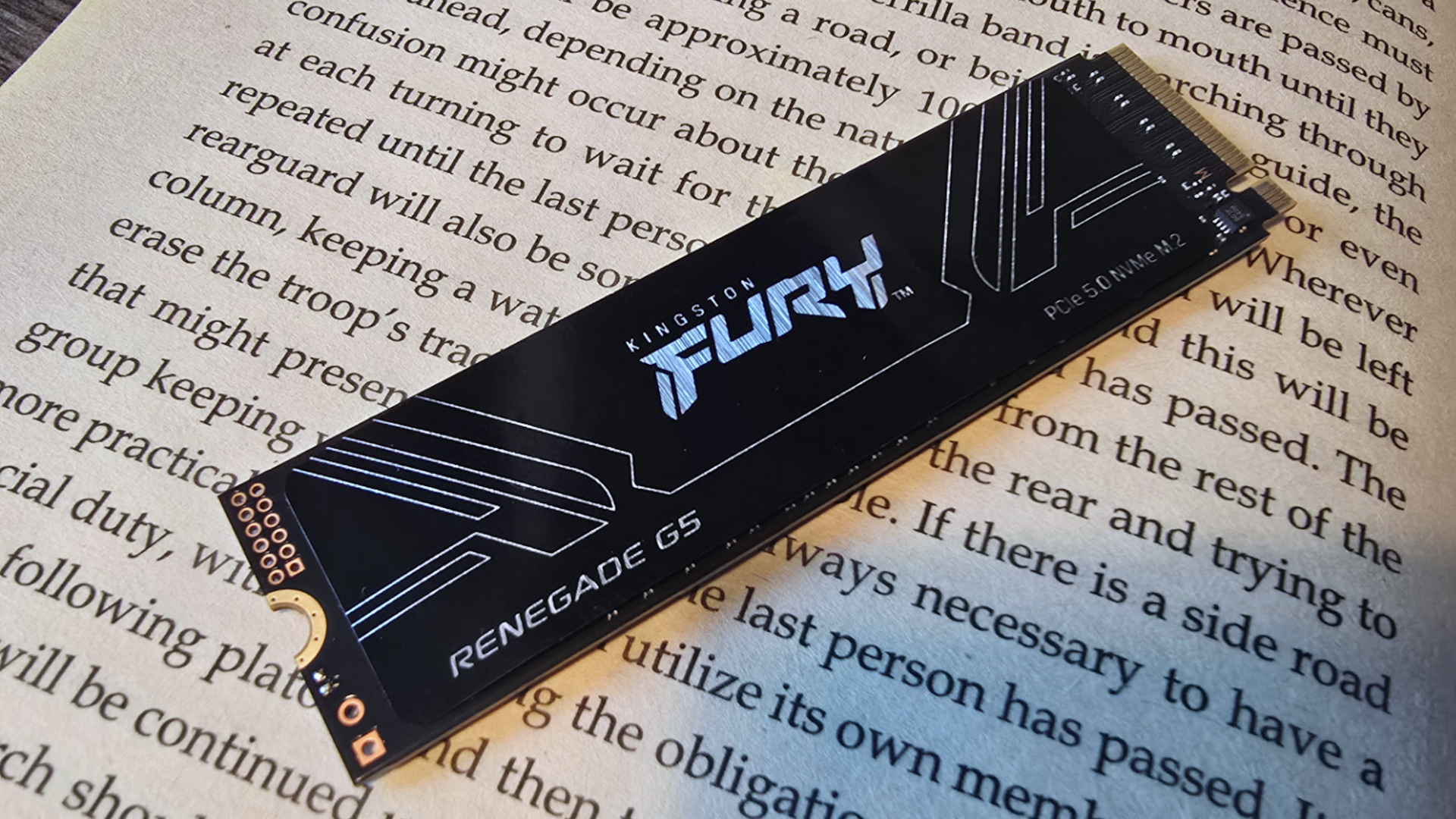OpenAI's skyrocketing spending could see billions of dollars in silicon headed down the AI mines in the next few years, including 2 million Nvidia chips headed to Texas Stargate facility
That's a lot of graphics cards.

OpenAI consumes compute capacity like few have ever done before it. A recent report expects it to gorge itself on datacentre capacity and research between 2025 and 2030—burning cash at a rate of swimming pools per minute by some estimations.
The Information reports that OpenAI is chasing fresh investment to allow it to expand its compute capability—buying new graphics cards, accelerators, and processors to jumpstart new AI models. The company is said to be spending around $13 billion on Microsoft-owned datacentres this year, which could rise to around $28 billion in 2028. But the love affair with Microsoft is not set to last.
OpenAI says one key investor, Japan's SoftBank, could be providing $30 billion of a hopeful $40 billion it hopes to raise in coming months, with a large amount of that cash headed toward Stargate.
Stargate isn't as cool as it sounds and has nothing to do with space-age Egyptian folk. It's a plan between OpenAI, Softbank, and Oracle to build out AI infrastructure in the US. As much as $500 billion worth over four years. The first site for development is in Abilene, Texas. It's called Stargate 1, and the first Nvidia GB200 racks are being installed and already running 'early' workloads at the facility. Just today, OpenAI and Oracle inked a deal to develop over 5 gigawatts of capacity at the site, which is nearly five-fold its initial expected capacity and will incorporate… 2 million chips.
OpenAI isn't footing the bill for that joint venture, which has attracted investment from the company's partners, though still needs to raise more cash. All told, The Information projects OpenAI will end up burning through as much as $20 billion in cash flow in 2027, up from $2 billion in 2024. Its fees for researching and developing new models could raise up to as much as $40 billion starting in 2028.
Overall, The Information projects the company will spend something like $320 billion between 2025 and 2030.
Further to all of this wild internal spending, OpenAI also has the risk of further unplanned spending in the case of, well, court cases.
Keep up to date with the most important stories and the best deals, as picked by the PC Gamer team.
AI companies are under constant and historical scrutiny for their use of copyright materials in training data. The UK government has waved away many complaints by artists and passed a bill that would allow some degree of usage for copyrighted materials in training AI. Not cool. Though OpenAI is facing a slew of cases in the US by authors, and The New York Times has sued the company for use of its articles in training data, too. Similar cases are ongoing against other AI providers, such as Anthropic, and Meta has already won an early case fighting over similar grounds

Whether there'll be hell to pay, that's up to the judge in each case—that's just one judge for the copyright cases put forward by US authors, as the cases are now being consolidated. OpenAI has stated in response to the authors' cases that it believes its "models are trained on publicly available data, grounded in fair use, and supportive of innovation."
Though admittedly these cases and any repercussions are unlikely to matter to OpenAI's bottom line either way. It's projected to earn up to $12.7 billion this year, according to The Information, and it's already roughly around the $10 billion mark, reports Reuters. That isn''t anywhere near its expenses but, hey, it's not entirely footing the bill itself. You'd think there'd be some cash spare to pay some of those rights holders too, but alas…

👉Check out our list of guides👈
1. Best CPU: AMD Ryzen 7 9800X3D
2. Best motherboard: MSI MAG X870 Tomahawk WiFi
3. Best RAM: G.Skill Trident Z5 RGB 32 GB DDR5-7200
4. Best SSD: WD_Black SN7100
5. Best graphics card: AMD Radeon RX 9070

Jacob earned his first byline writing for his own tech blog, before graduating into breaking things professionally at PCGamesN. Now he's managing editor of the hardware team at PC Gamer, and you'll usually find him testing the latest components or building a gaming PC.
You must confirm your public display name before commenting
Please logout and then login again, you will then be prompted to enter your display name.

